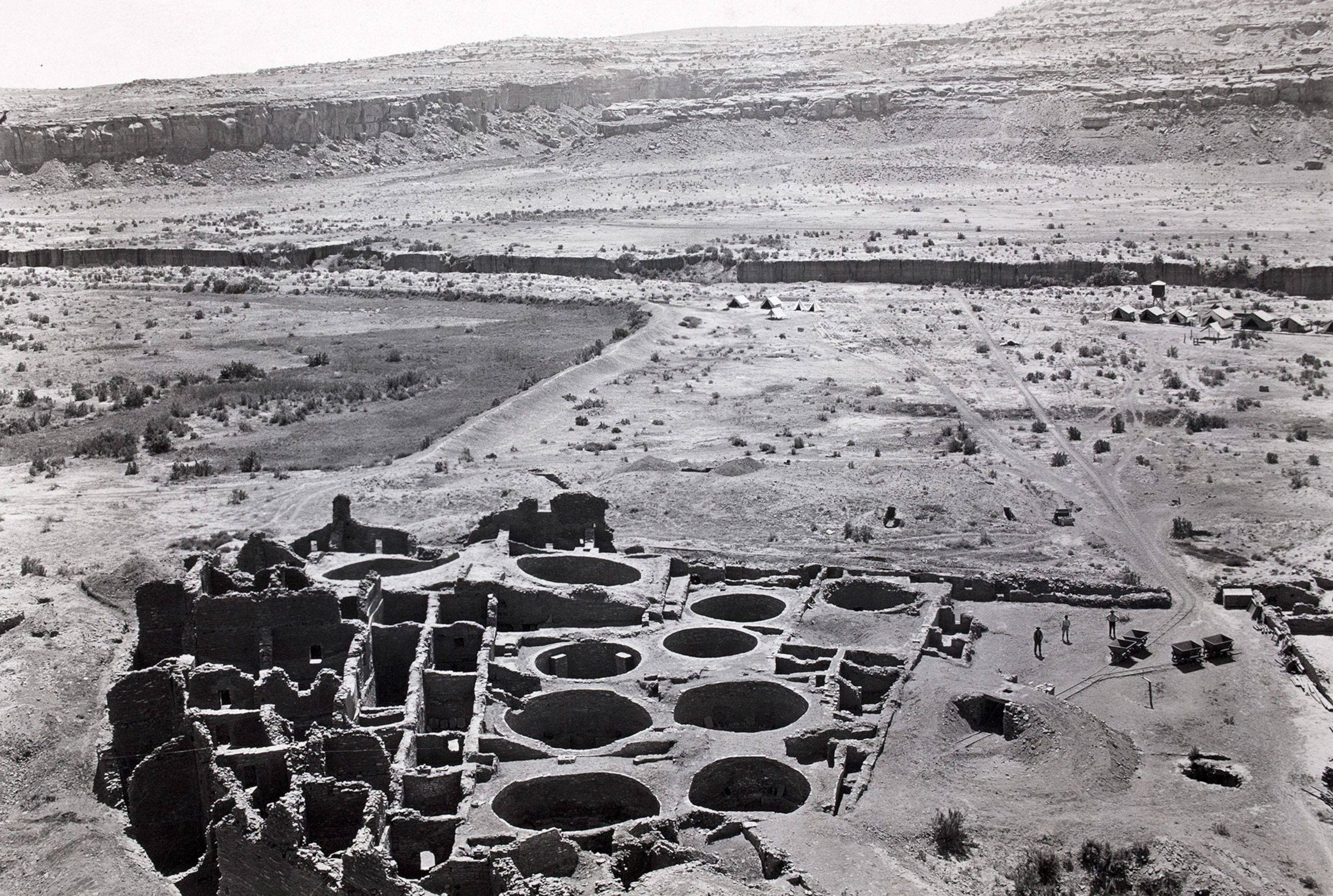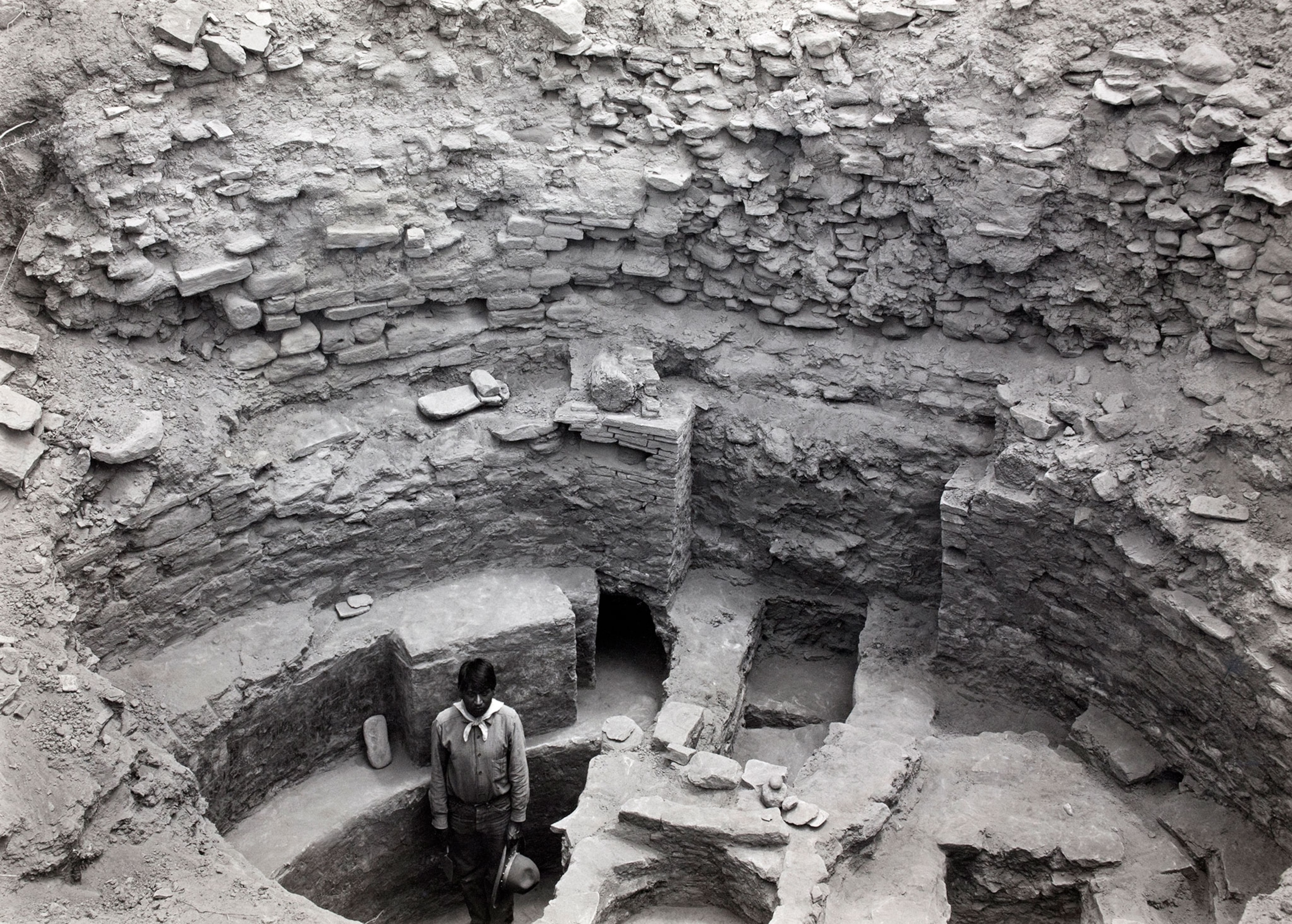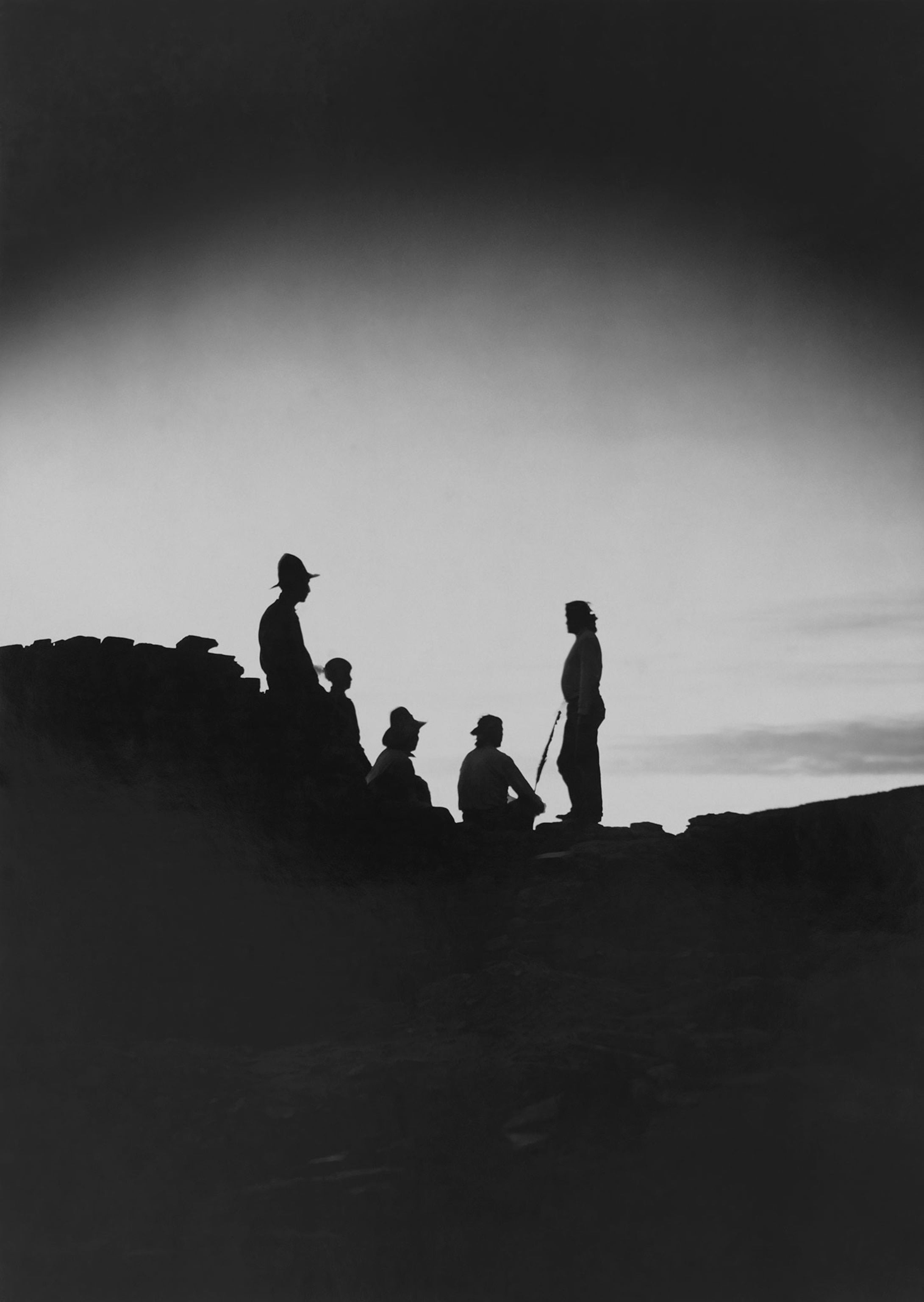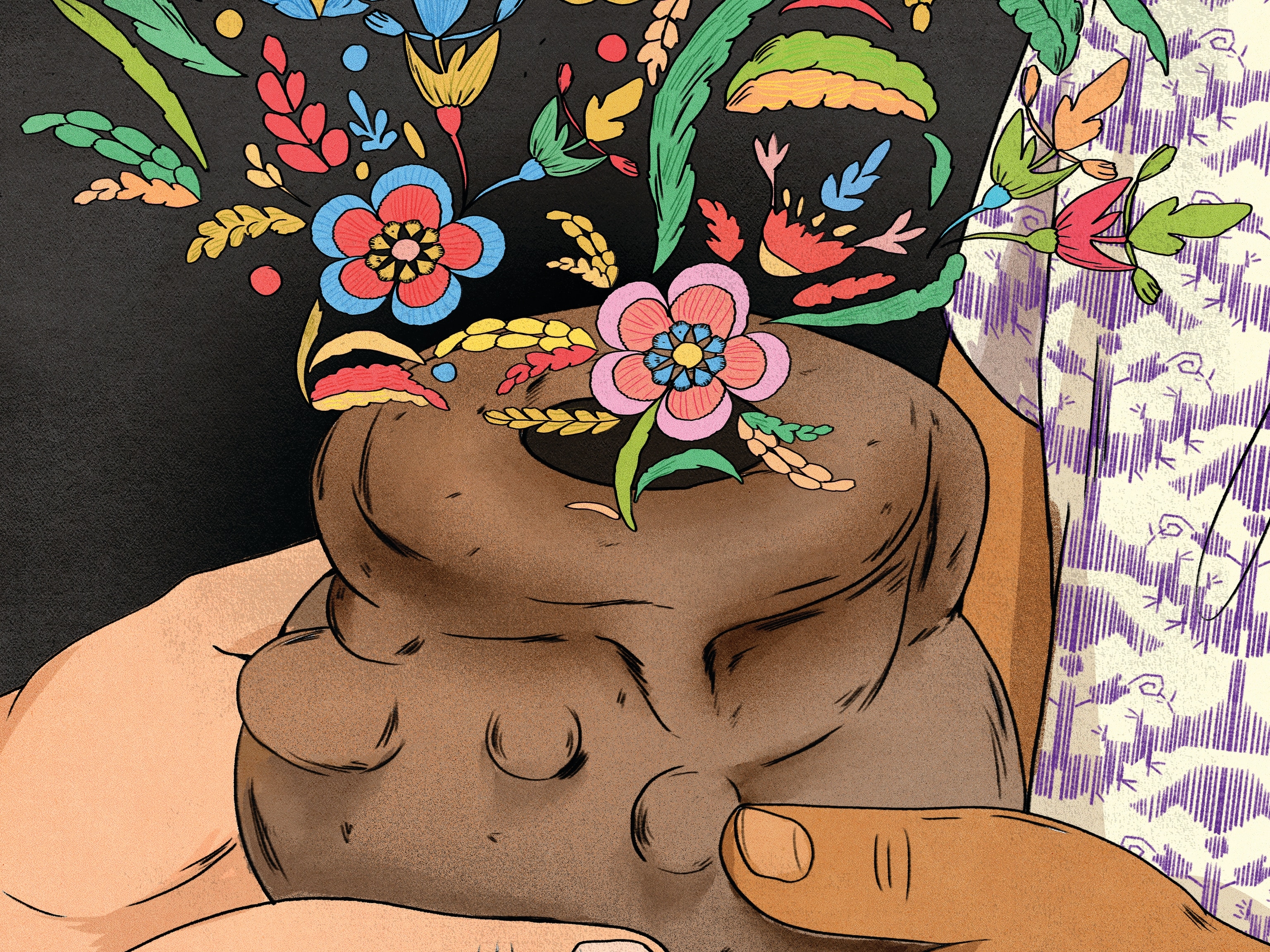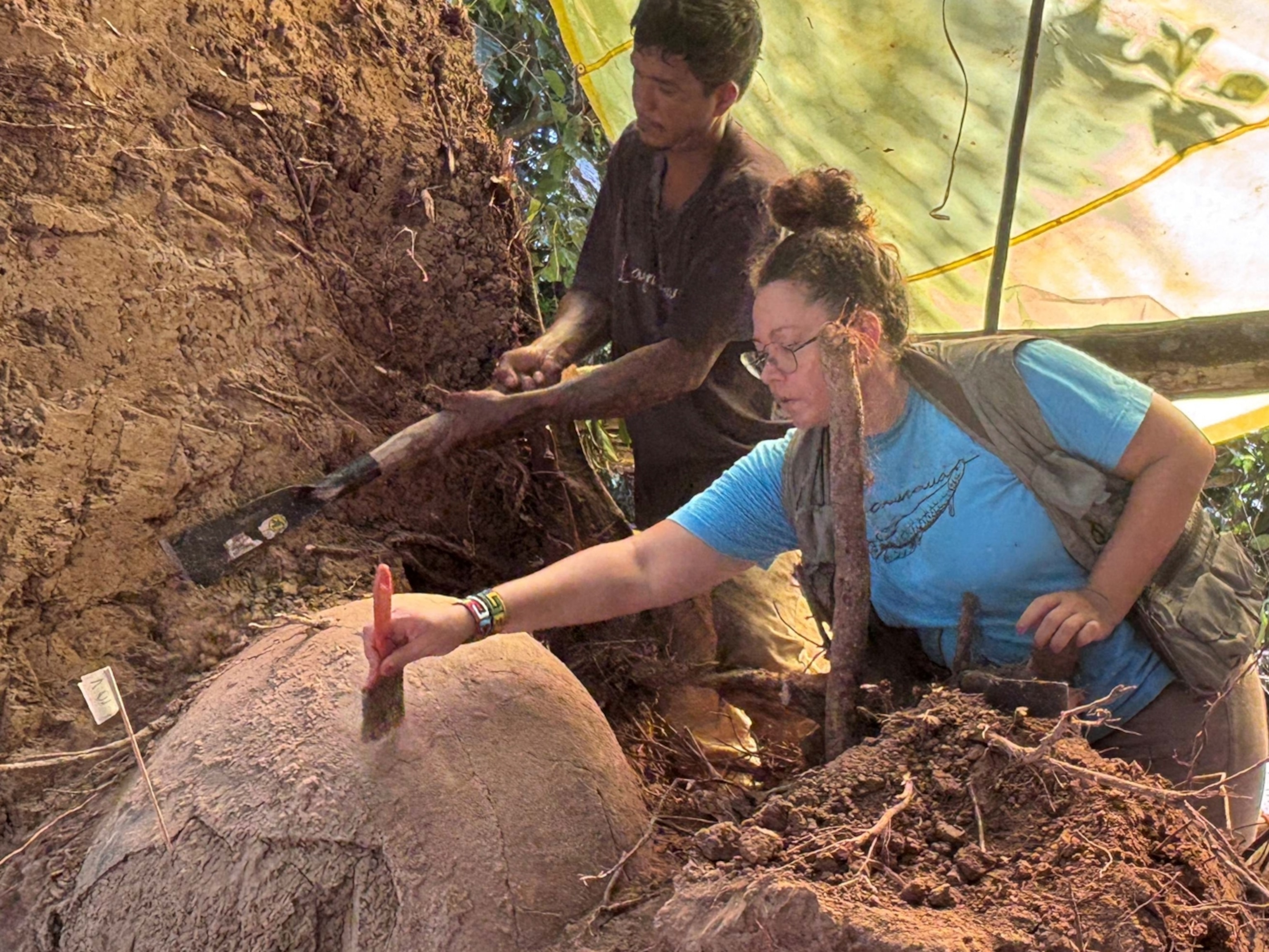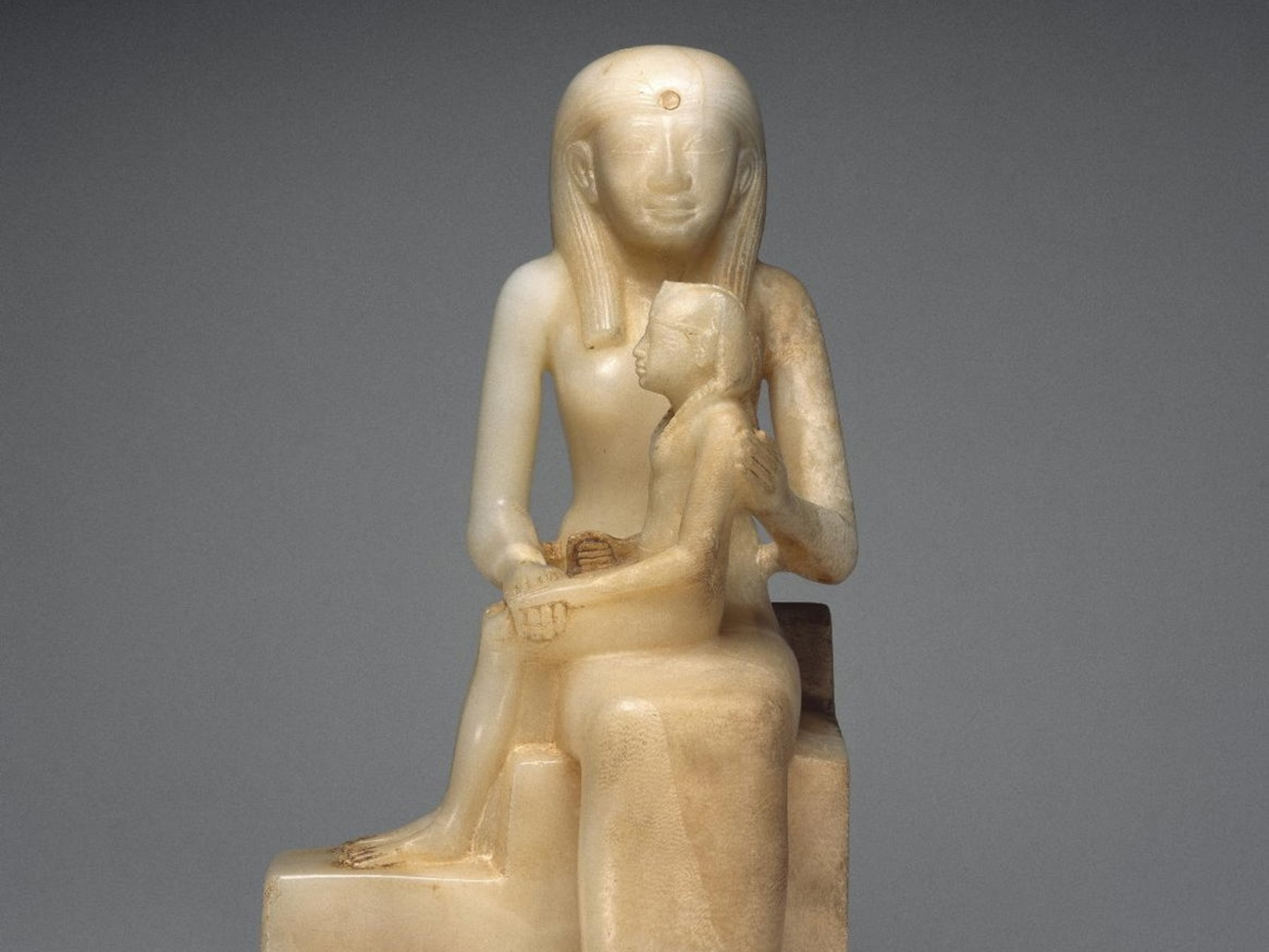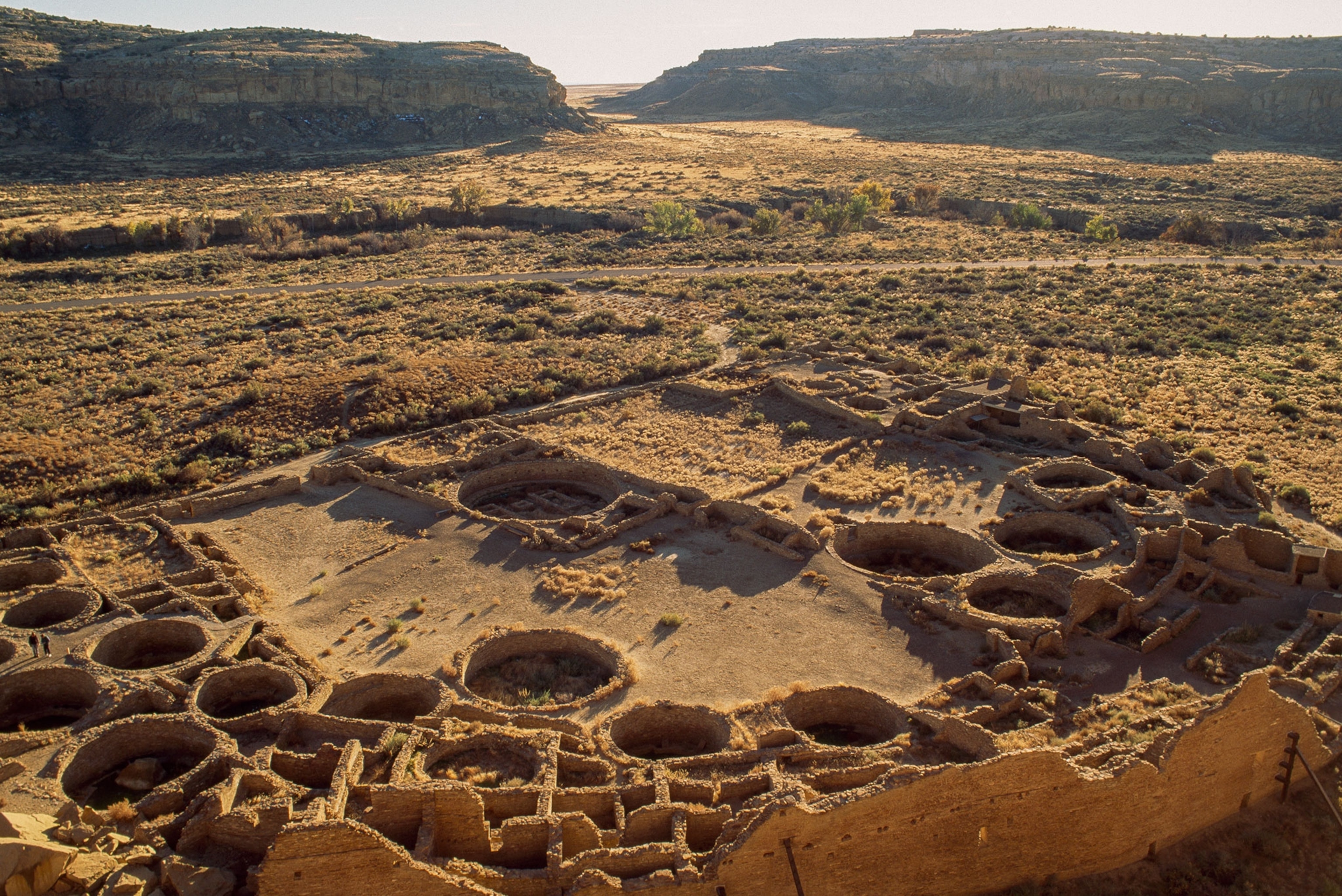
Fingerprint study upends ideas about 'women’s work' in ancient America
Archaeologists just assumed that women made the pottery at Chaco Canyon 1,000 years ago. Then they started thinking like cops—and things got interesting.
A question from a student with a law-enforcement background has sparked a new analysis of pottery from one of America’s most important ancient centers—and the results are turning archaeologists’ assumptions about “women’s work” on their head.
The Chaco Canyon communities of northwestern New Mexico were a center of significant cultural and religious activity from 800 to 1200 A.D. The Ancestral Puebloan people who lived in the region produced a type of pottery called “corrugated ware,” made by coiling thick ropes of clay on top of one another to form large vessels.
The general assumption has been that women in the Chaco region were responsible for making corrugated ware 1,000 years ago—an assumption based primarily on much more modern observation.
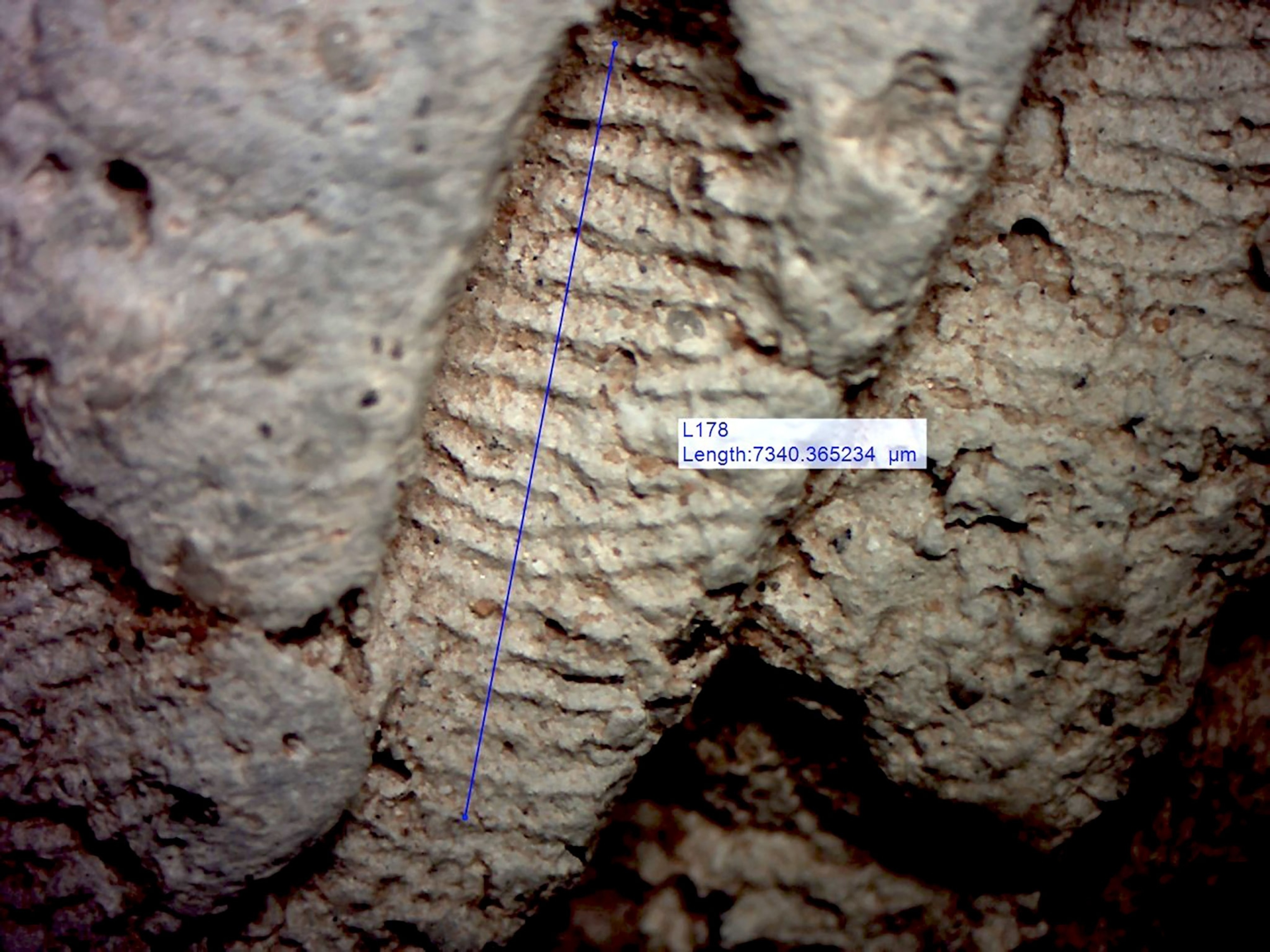

Read how South American parrots were imported to Chaco Canyon in ancient times.
“Pueblo women today have historically made pottery and taught their daughters, so the thinking is that maybe that’s a reasonable inference we can project back in time,” says John Kantner, of the University of North Florida and lead author on a new study on corrugated ware published today in the Proceedings of the National Academy of Sciences. “But that doesn’t sit well with many archaeologists since we can’t directly observe who was making the pottery.”
Since each layer of corrugated ware was secured by pinching it between thumb and fingertip, it preserved the fingerprints of the potters who made them. Could a study of those fingerprints reveal the gender of those potters?
Acting on a question raised by his student and study co-author David McKinney, who worked for a police department at the time, Kantner dove into forensic studies of differences in fingerprint ridges between men and women. Using the results of a study that showed that men have 9 percent greater breadth of fingerprint ridges than women, Kantner analyzed a collection of 985 broken pieces of corrugated ware from a Chaco Canyon site known as Blue J.
The study revealed that 47 percent of fragments had prints with an average ridge breadth of 0.021 inches, corresponding to male fingerprints; while 40 percent had an average ridge breadth of 0.016 inches, corresponding to female or juvenile prints. The remaining 12 percent had overlapping averages and were categorized as “unknown sex.”
Breaking it down even further by grouping the fragments chronologically, Kantner also found that 66 percent of older sherds featured “male” fingerprints, while more recent pieces were almost evenly split between male and female fingerprints. This shows that not only were men involved, but that the participation of men and women in pottery-making changed over time.
This study is the first to produce direct evidence of gender divisions in ceramics production in the Chaco Canyon area.
Who lies in Chaco Canyon’s mysterious crypt?
“This certainly challenges the notion that one gender was involved in pottery and one was clearly not,” Kantner says. “Perhaps we can begin to wonder if that’s also true for other activities that took place in this community at this time, and challenge the idea that gender is one of the first things to become divided in the labor of a community.”
Barbara Mills, a ceramics expert and archaeologist at the University of Arizona, says that this study’s findings are significant in that they support what is observed in economies with increased specialization due to growth: men’s involvement in activities where they formerly hadn’t participated.
“In cross cultural studies, when men become involved with potting, it means they’re spending more of their time on that versus other activities,” Mills says. “But that also tends to occur when there is a benefit. Men take over—it’s very well documented. The whole family gets involved. This study presents good evidence for increasing specialization.”
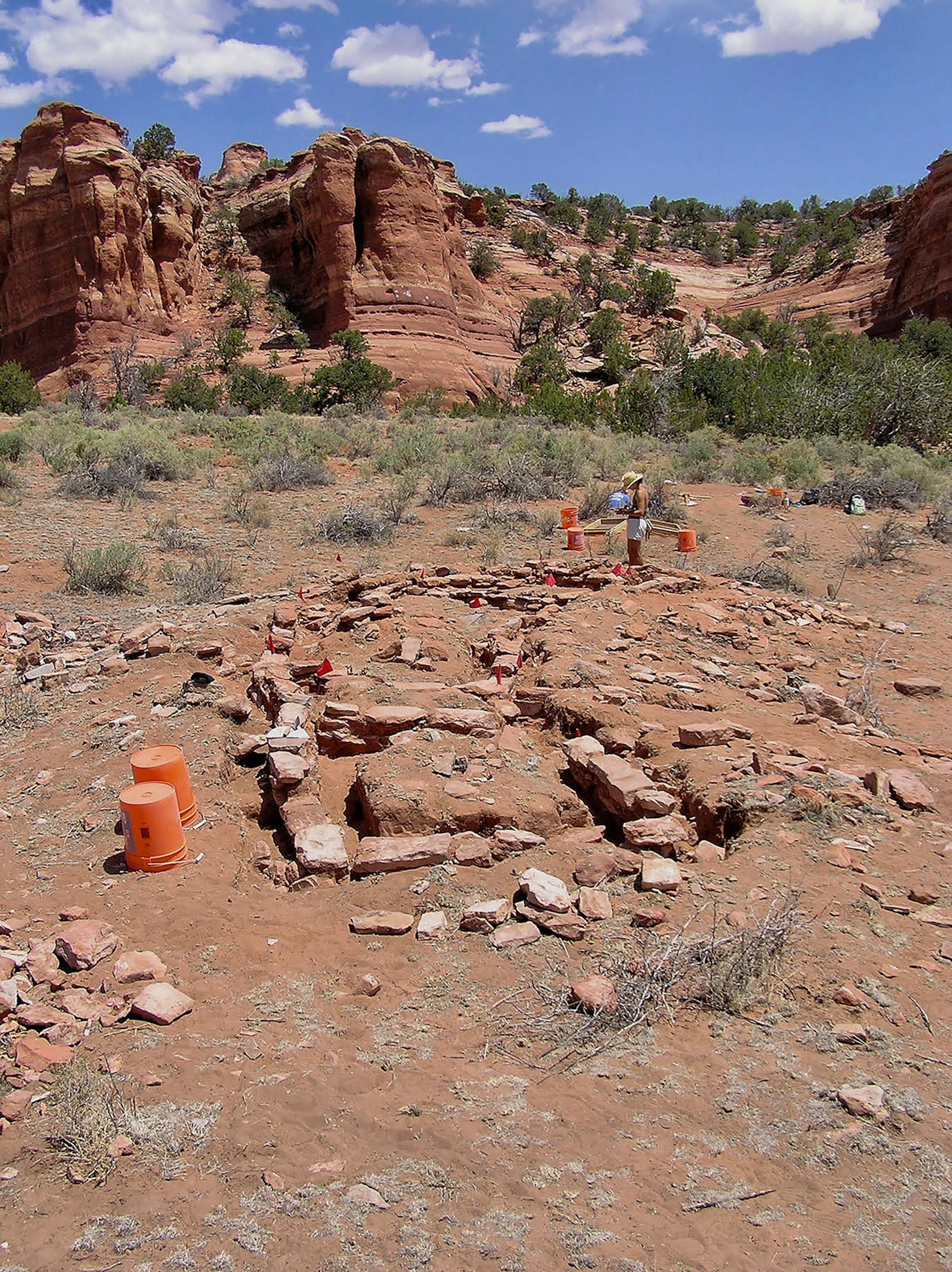
Though reasons why men would have gotten more involved in ceramics production can’t yet be teased out based on this study alone, Kantner speculates that it could be related to the explosive growth of the Chaco Canyon cultural center and the increased demands on its feeder communities.
“The archaeological record shows huge volumes of stuff going into Chaco,” Kantner says. “Whether it’s tribute that’s expected from outlying villages, or pilgrimages, it may have been a situation where people wanted to be more involved in producing the pottery that went to Chaco.”
Carrie Heitman, a Chaco Canyon anthropologist at the University of Nebraska-Lincoln, says she’s intrigued by the results, but that more comparative studies from other Chacoan sites with corrugated wares are necessary to bear out Kantner’s findings.
“Once we have analogous analyses from [other] ceramics found in the canyon, we’ll have more insights into the exact divisions of labor,” Heitman says. “Maybe this is just a snapshot of a shift that was happening at that time, but these kinds of gendered analyses will help us expand the picture to try to look at what men and women were doing, and sets us up for a much richer and gender-equitable perspective of the past.”


